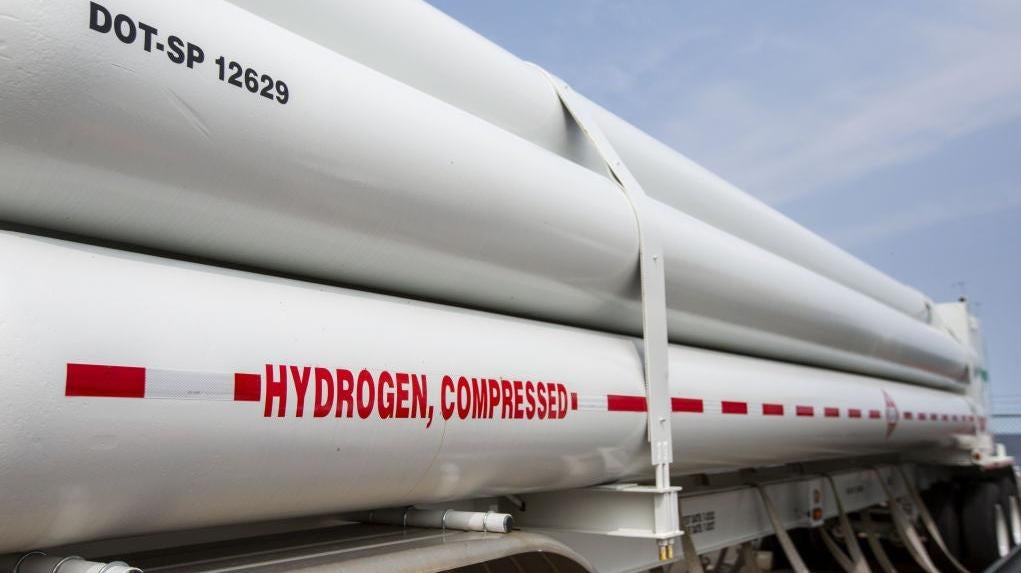Fuel cells are amazing things but, just like any portable energy source, they occasionally need topping up with juice. This one, however, can keep on going even when it runs out of fuel. What kind of sorcery is this?
In fact, this is a new solid-oxide fuel cell (SOFC) developed at Harvard that converts hydrogen into electricity. But along the way, it also creates energy which it can store away, a little like a battery. Researcher Shriram Ramanathan explains:
“This thin-film SOFC takes advantage of recent advances in low-temperature operation to incorporate a new and more versatile material. Vanadium oxide (VOx) at the anode behaves as a multifunctional material, allowing the fuel cell to both generate and store energy.”
Currently the tiny fuel cell, pictured above next to the battery, can keep going for 3.5 minutes at a current density of 0.2 mA/cm2 after it runs out of fuel. It’s worth pointing out that this isn’t like fastening a battery to the device: instead, the fuel cell pumps out power comparably to other platinum-anode SOFCs, but the inclusion of VOx sets up extra chemical reactions within the device that keep producing energy when the fuel runs out. Ramanathan explains:
“There are three reactions that potentially take place within the cell due to this vanadium oxide anode. The first is the oxidation of vanadium ions, which we verified through XPS (X-ray photoelectron spectroscopy). The second is the storage of hydrogen within the VOx crystal lattice, which is gradually released and oxidized at the anode. And the third phenomenon we might see is that the concentration of oxygen ions differs from the anode to the cathode, so we may also have oxygen anions being oxidized, as in a concentration cell.”
So, though they don’t entirely understand how it works, the result is regardless more electrons pumped out into the circuit. The finding, published in Nano Letters, will most obviously be attractive to users who need to power potable, small-scale devices—where power supply is essential but there’s a risk that fuel might run out. Drones spring to mind: the spare energy would allow the vehicle to make a safe landing if its fuel supply ran dry. [Nano Letters via Harvard]
Image by by Caroline Perry, SEAS Communications













